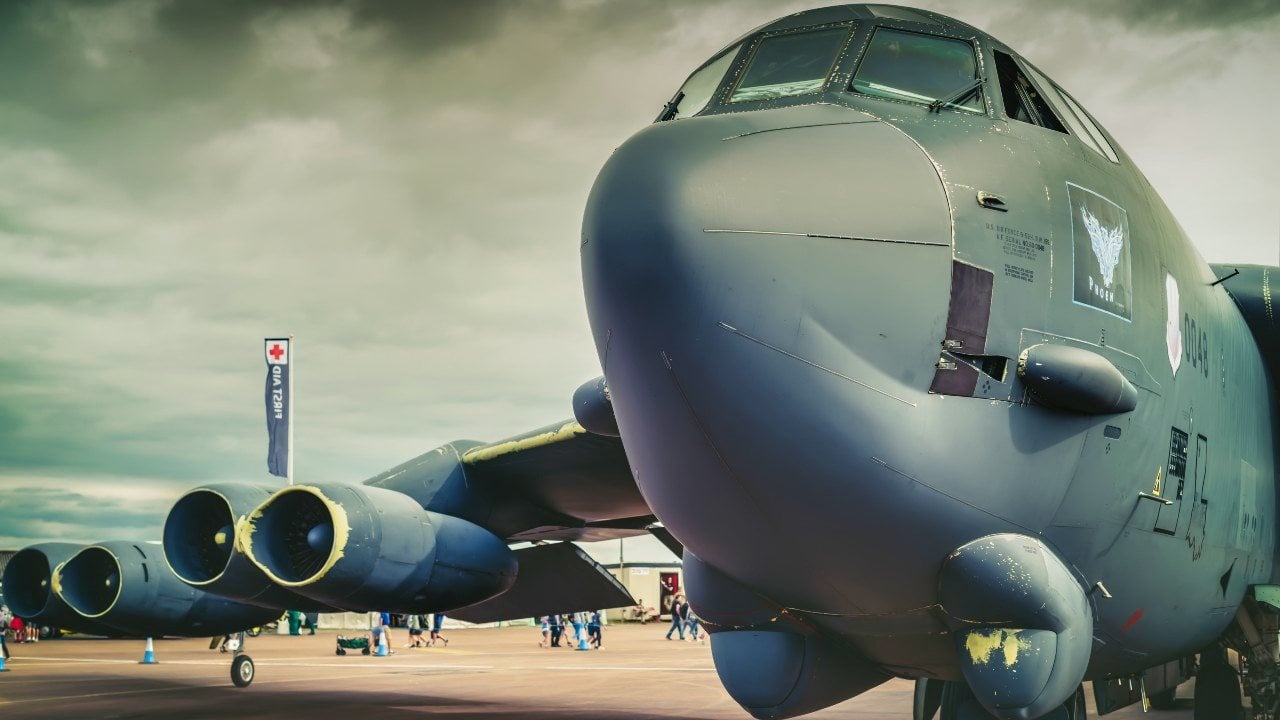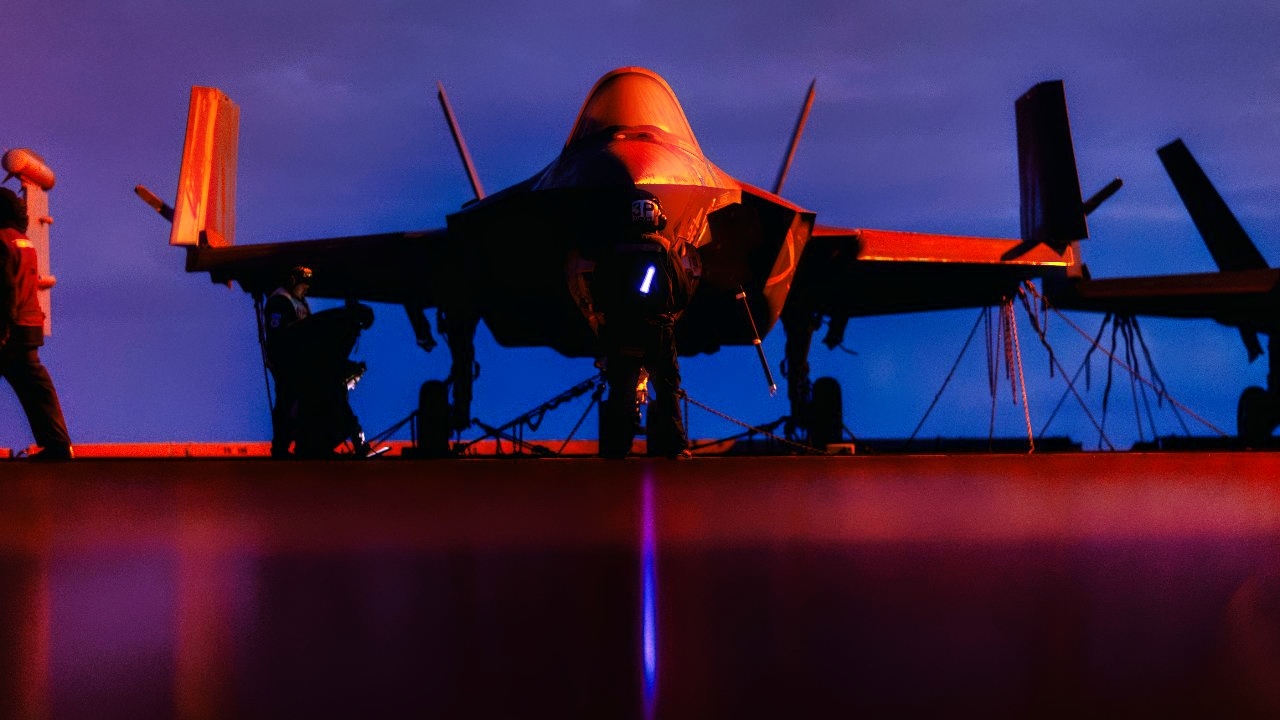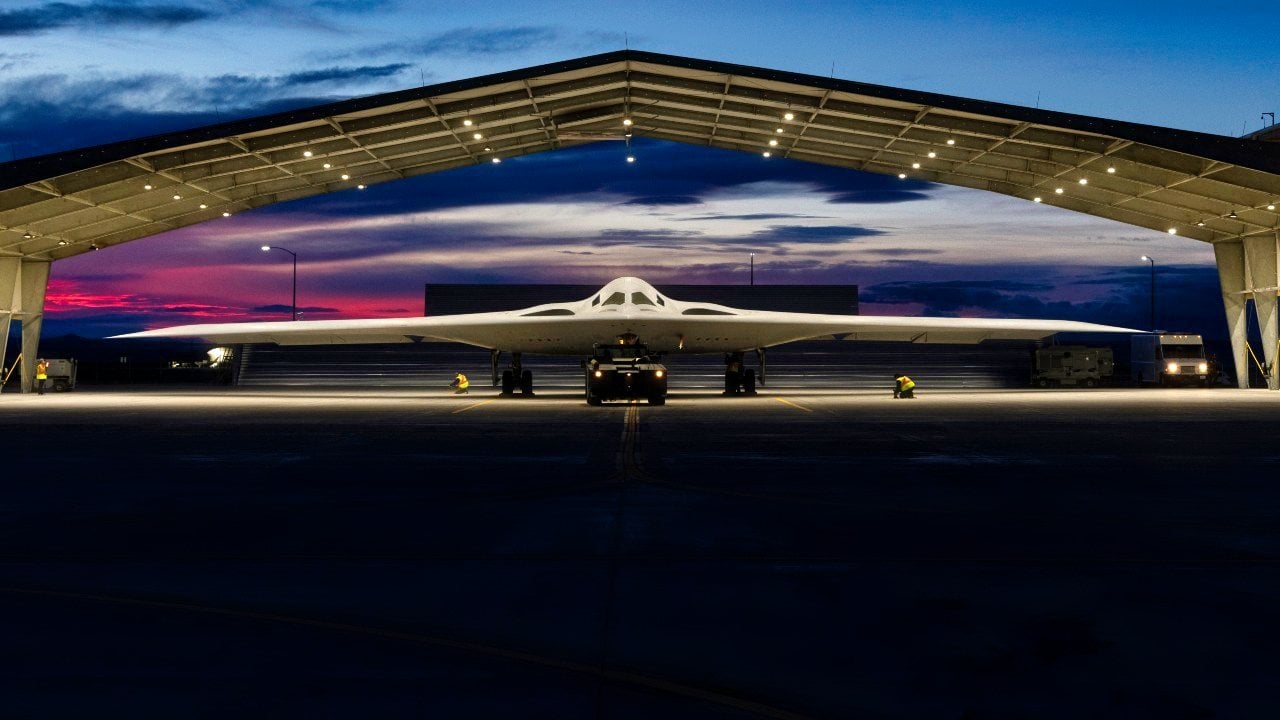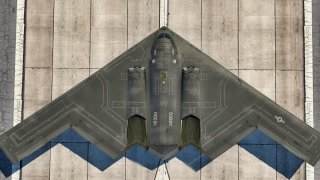B-21 Raider vs. China: Is the U.S. Air Force’s Bomber Fleet Big Enough?
Despite its advanced capabilities, only 100 B-21s are planned for deployment, raising concerns that this fleet size may be insufficient in a conflict with China.
Summary and Key Points: The B-21 Raider, the U.S. Air Force's next-generation stealth bomber, is designed to replace the B-2 Spirit and B-1 Lancer by 2040, with potential to succeed the B-52 Stratofortress.

-As China and Russia develop their own advanced bombers, the Raider’s introduction is crucial for maintaining U.S. air superiority.
-B-21 Problem: Despite its advanced capabilities, only 100 B-21s are planned for deployment, raising concerns that this fleet size may be insufficient in a conflict with China.
-The Raider’s unmatched stealth and modular design ensure its relevance in future warfare, but questions remain about whether the limited fleet can meet global demands.
Why 100 B-21 Raiders May Not Be Enough to Counter China’s Growing Threat
While the Air Force’s upcoming B-21 Raider may appear to simply be an updated B-2 Spirit, the service’s upcoming bomber will truly be unparalleled in the skies once introduced.
The planned next-generation long-range bomber is being developed to ultimately replace the Spirit and B-1 Lancer by 2040 and potentially the B-52 Stratofortress down the line.

China and Russia are also fielding their own advanced bomber aircraft, making the Raider’s timely introduction vital for maintaining air superiority.
Considering the Raider’s highly advanced capabilities, the platform is costing the service a pretty penny to be produced. In part due to budgetary constraints, the Air Force currently only aims to deploy around 100 B-21s by decade’s end. Since these bombers will represent the only U.S. aircraft able to carry out direct strikes deep inside China and Russia, some analysts argue this threshold is far too low.
If war does erupt between Washington and Beijing, the Air Force will be unable to easily replace its Raider fleet if needed, with only 100 in its total arsenal.
What we know about the B-21 Raider
Although many of the exact specs and capabilities surrounding the new Raider program remain highly classified, manufacturer Northrop Grumman has released limited information about the platform. The Raider appears to be at least 15 percent shorter than its B-2 predecessor and reportedly can carry just half its payload capacity. However, the B-21’s unmatched stealth and volume will surely compensate for its smaller armament package.
Similar to the fifth-generation F-35 Lightning II fighter jet, modularity is being prioritized with the Raider. As future technologies emerge, the B-21’s advanced software and hardware will enable upgrades seamlessly.

As explained further by Sandboxx News, “This means the B-21 will be able to adapt to new systems that are developed in the years to come, whether we’re talking about new stand-off weapons to be launched from the aircraft’s payload bay or new electronic warfare capabilities meant to bolster its ability to operate with impunity inside heavily defended airspace. In other words, the B-21 Raider will be able to keep up with the times even as its forward-leaning design begins to look a bit more dated.”
Will 100 Raiders be enough to thwart China?
As a stealth bomber, the Raider will be able to carry both conventional and nuclear weapons like its predecessors. The Air Force is already grappling with a smaller than expected bomber fleet. Following the collapse of the Soviet Union at the end of the Cold War, the service procured a mere twenty-one Spirit bombers which is less than one-sixth the number it initially anticipated on receiving. Additionally, the service’s remaining fleet of B-1 bombers are aging rapidly and are set to retire as soon as the Raider is developed. For these reasons, the imminent arrival of the B-21 in large numbers will be essential in a great power war.

About the Author: Maya Carlin
Maya Carlin, National Security Writer with The National Interest, is an analyst with the Center for Security Policy and a former Anna Sobol Levy Fellow at IDC Herzliya in Israel. She has by-lines in many publications, including The National Interest, Jerusalem Post, and Times of Israel. You can follow her on Twitter: @MayaCarlin.
All images are Creative Commons and/or Shutterstock.


